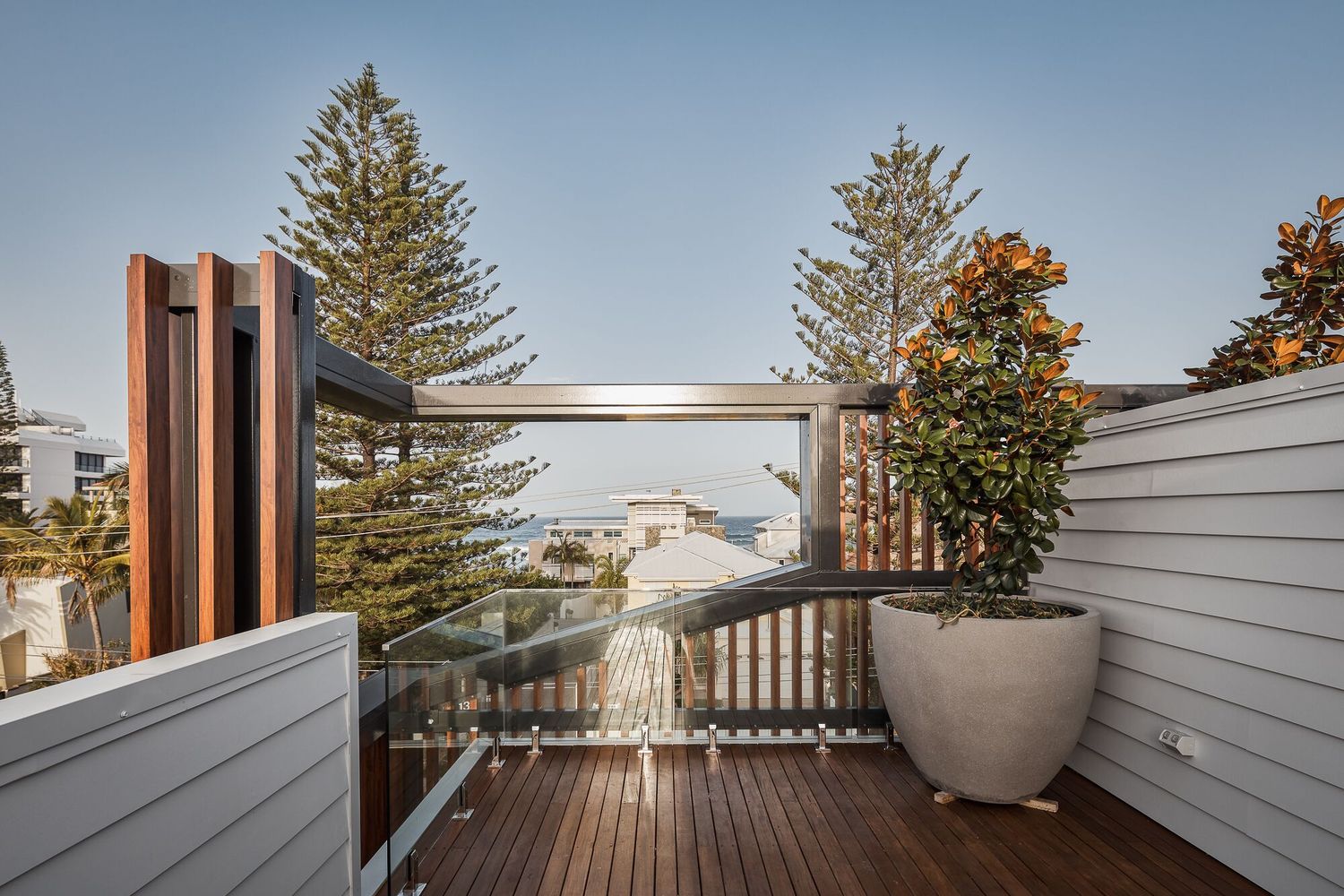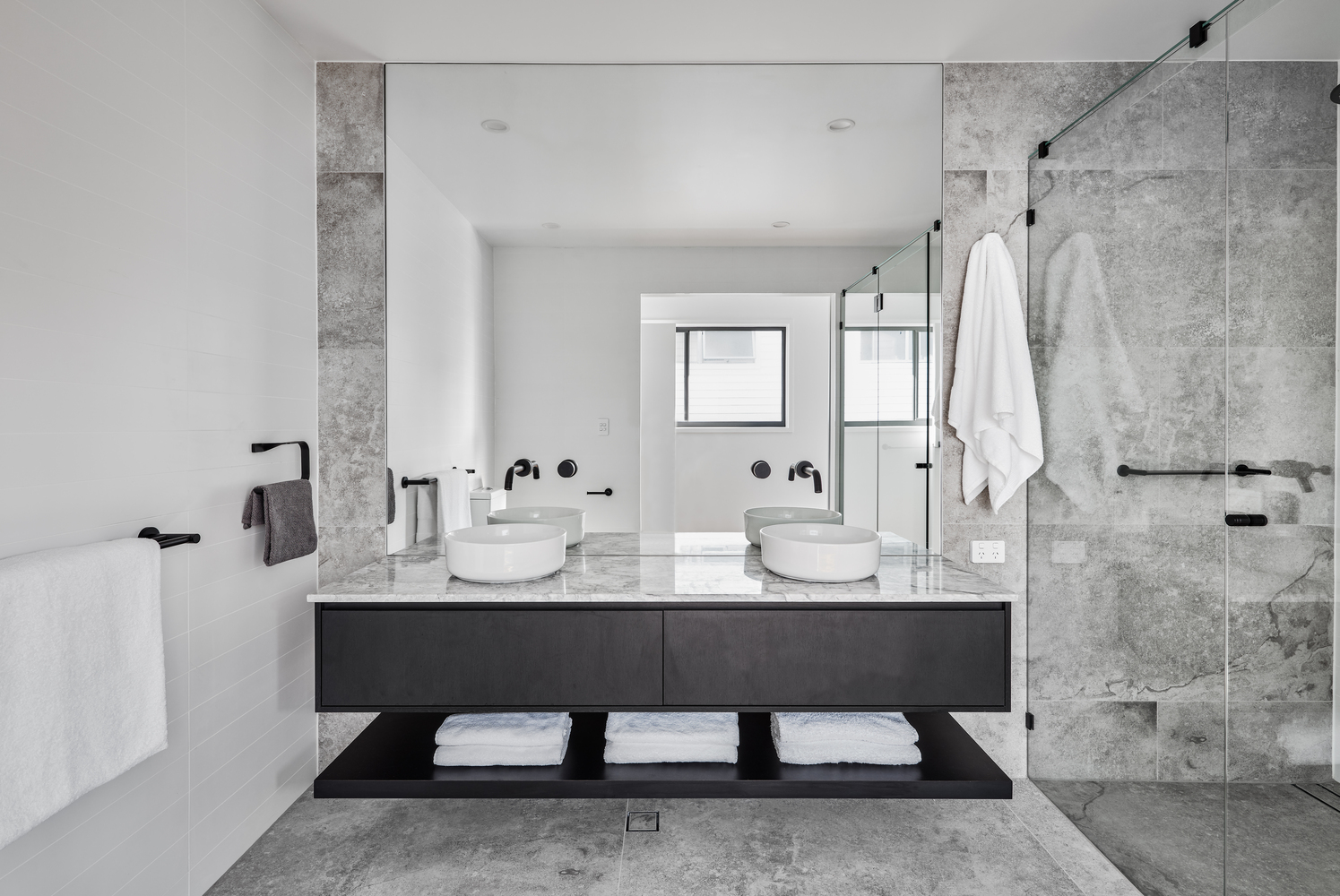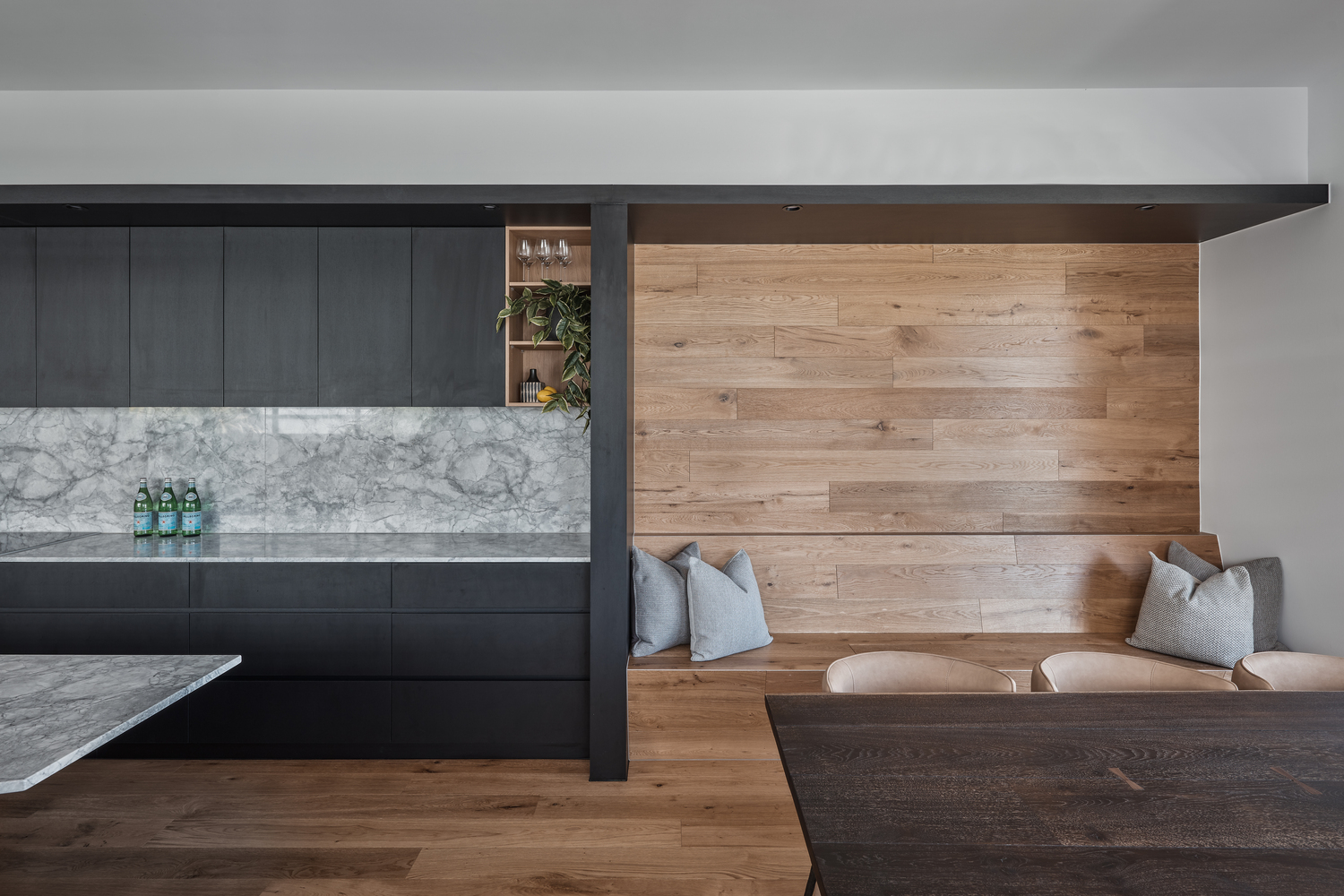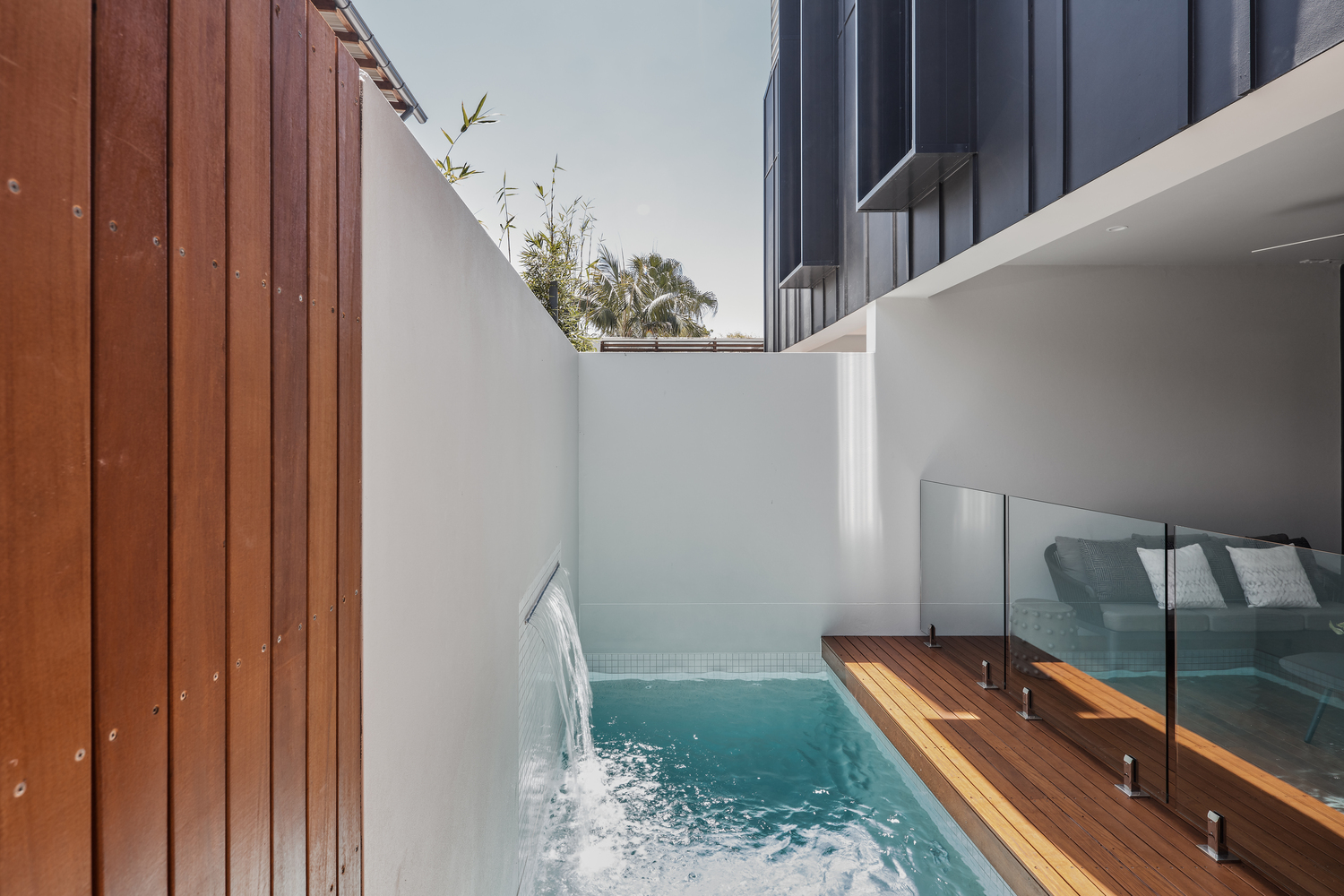- THÔNG TIN DỰ ÁN
- CÁC DỰ ÁN KHÁC
ANOHA – The Children’s World of the Jewish Museum Berlin
Berlin, Germany
-
DESIGN PRINCIPAL
Alan Maskin
Inspired by the pioneering vision of Noah’s Ark at the Skirball Cultural Center in Los Angeles, which underscores the importance of diversity, collaboration and second chances, ANOHA—The Children’s World of the Jewish Museum Berlin seeks to give the museum’s youngest guests a sense of hope and possibility. Located within an existing former flower market hall, the heart of ANOHA is a circular wooden ark, standing almost 23 feet (7 meters) tall with a 92-foot (28-meter) base diameter. The curvilinear ark complements the curved ribs of the Brutalist light scoops overhead, while the shift in materiality from concrete to wood offers a softening counterpoint to the existing space.
More than 150 sculptural animals populate ANOHA’s ark, each created from found objects by a team of 18 German artists. This approach encourages children to consider the importance of recycling and adaptive re-use, while supporting ANOHA’s core philosophy of creativity and imagination. The tactile nature of these sculptural objects and the sense of playful discovery as children recognize the familiar materials used to make them further serve to highlight the importance of respecting, treasuring and conserving global resources. Interactive exhibits placed along an intuitive visitor pathway teach children how to solve problems independently and as a group, while explorative spaces modeled after unique habitats allow children to experience the diverse perspectives of the various animals.
Sustainable strategies are embedded in the architectural design as an integral part of the user experience. Extensive mechanical systems are eliminated thanks to the environmental buffer of the existing hall, significantly lowering energy loads. Ceiling fans and operable windows in the ark allow for air exchange and natural ventilation. The hall’s curved concrete roof forms draw daylight into the interior. The ark’s windows support this passive daylighting approach, while visually connecting ANOHA with the existing structure of the hall.























